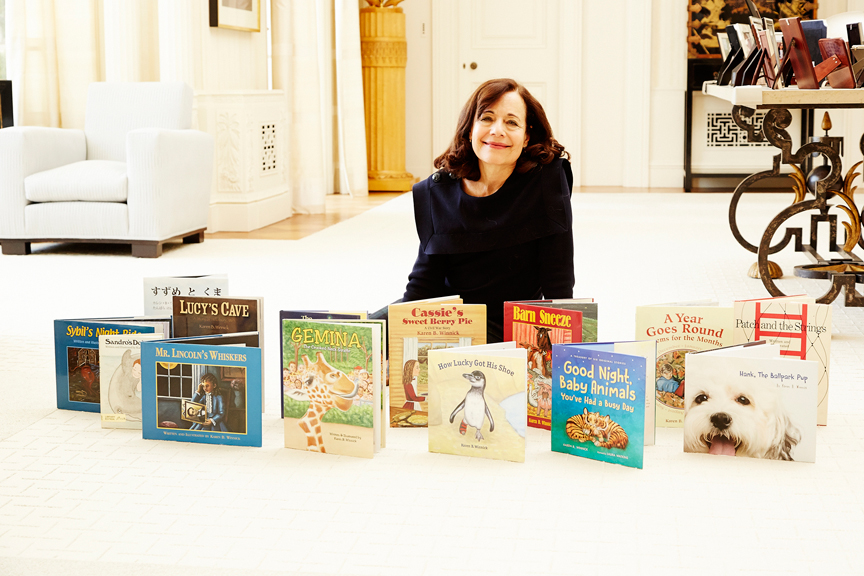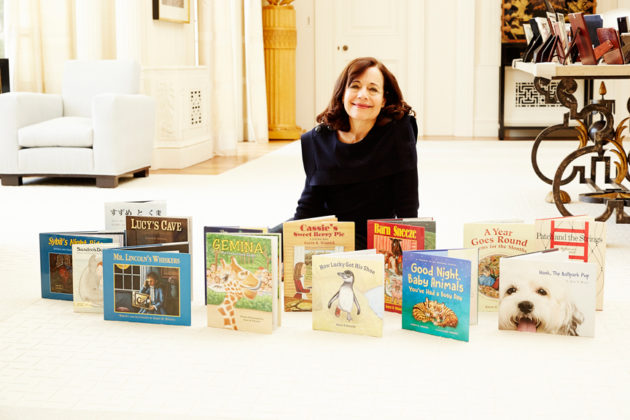
How Animals Teach Us
 Creating children’s books about animals has allowed me to express the wonderment I feel when I watch and learn from them.
Creating children’s books about animals has allowed me to express the wonderment I feel when I watch and learn from them.
When I first met Gemina at the Santa Barbara Zoo I knew I wanted to tell her story. Born healthy, the giraffe was three when a bump appeared on her neck. Over time it grew, causing her neck to become severely crooked. Perhaps the bump came from an injury, though the veterinarians would never know for sure. Gemina didn’t allow her disability to prevent her from doing what the other giraffes did. And they accepted her without reservation as part of the herd. Gemina captured the hearts of many visitors.
 After my book Gemina, The Crooked-Neck Giraffe was published, I received an email from a young mother in Spain. “When my (four-year-old) son was born, we were told he was deaf. After many tests and surgery, he was implanted with a cochlear implant . . . Every night he wants to see the book. He loves to explain every page. I just want to thank you for writing a wonderful story that is allowing my son to learn new words and teaching about disabilities and how in the eyes of Gemina, we are all the same.”
After my book Gemina, The Crooked-Neck Giraffe was published, I received an email from a young mother in Spain. “When my (four-year-old) son was born, we were told he was deaf. After many tests and surgery, he was implanted with a cochlear implant . . . Every night he wants to see the book. He loves to explain every page. I just want to thank you for writing a wonderful story that is allowing my son to learn new words and teaching about disabilities and how in the eyes of Gemina, we are all the same.”
Animal stories provide gentle ways of helping children feel better. A child with a disability can relate to an animal facing obstacles, one whose determination has helped them to adjust and thrive. Such a story is a boost to a child’s self-image. For a child without a disability a story such as Gemina’s helps to develop sensitivity and compassion for others. For parents there’s an opportunity to open a dialogue.



